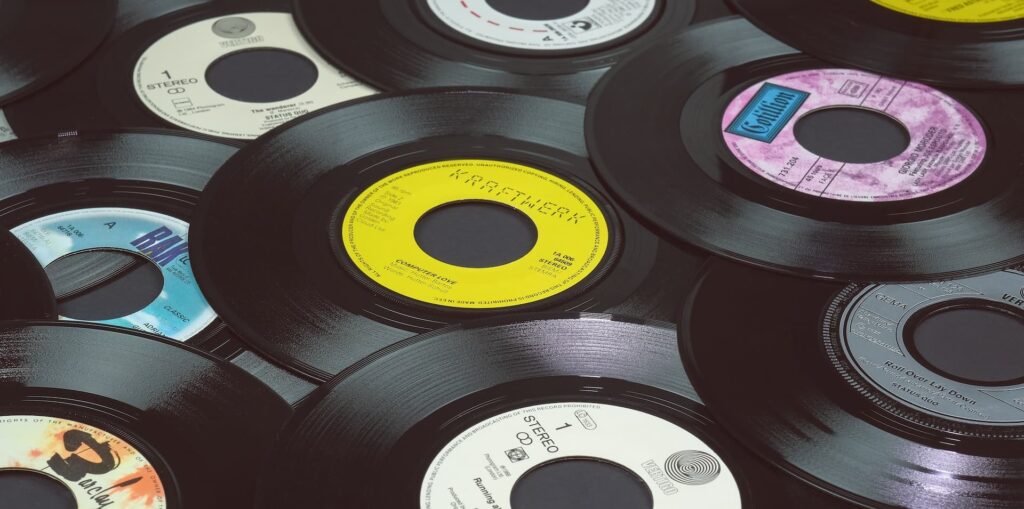Music has always been an integral part of human life, and the way it is distributed has evolved tremendously over the years. From vinyl records to cassettes, CDs, and now streaming, music distribution has seen a significant transformation.
With the advancement of technology, music lovers have access to an abundance of music at their fingertips. In this article, we will explore the evolution of music distribution from vinyl to streaming.
Vinyl Records
Vinyl records were introduced in the late 1800s and became popular in the 1950s and 1960s. Vinyl records were the primary way to distribute music until the late 1970s when cassette tapes became popular.
Vinyl records have a unique sound quality that many music enthusiasts still prefer over digital music. The warm sound and the tactile nature of vinyl records make them a beloved medium for many music lovers.
Cassette Tapes
Cassette tapes were introduced in the 1960s and gained popularity in the 1970s and 1980s. Cassette tapes were smaller and more portable than vinyl records, making them ideal for listening on the go.
They also had a better sound quality than vinyl records and were less prone to scratches and skipping. However, they had their own drawbacks, such as the tape getting tangled, and the sound quality deteriorating over time.
CDs
Compact Discs (CDs) were introduced in the 1980s and quickly became the primary way to distribute music. CDs were smaller than vinyl records and had a higher sound quality than cassette tapes.
They were also more durable than vinyl records and didn’t suffer from the same wear and tear issues. CDs were popular until the late 1990s when digital music started to gain popularity.
Digital Music
Digital music refers to music that is distributed in a digital format, such as MP3s or AACs. Digital music first became popular in the late 1990s with the introduction of Napster, which allowed users to share music files over the internet. This sparked a music piracy crisis that led to a decline in CD sales.
However, the music industry adapted, and digital music became the primary way to distribute music. The introduction of the iPod and other MP3 players made it easier for people to listen to digital music on the go.
The music industry also embraced digital music and started to sell music online through stores such as iTunes and Amazon.
Streaming
Streaming music refers to listening to music online without downloading it. Streaming music became popular in the late 2000s with the introduction of services such as Spotify and Pandora. These services allow users to access millions of songs online for a monthly fee.
Streaming has become the primary way that people listen to music, with many people choosing to subscribe to services such as Spotify or Apple Music rather than purchasing individual songs or albums.
Final Thoughts
Music distribution has evolved tremendously over the years, from vinyl records to streaming. While vinyl records and other physical media are still popular among music enthusiasts, digital music and streaming have become the primary way that people listen to music.
With the continued advancement of technology, it will be interesting to see what the future holds for music distribution. However, one thing is certain; music will always be an essential part of our lives, no matter how it is distributed.

